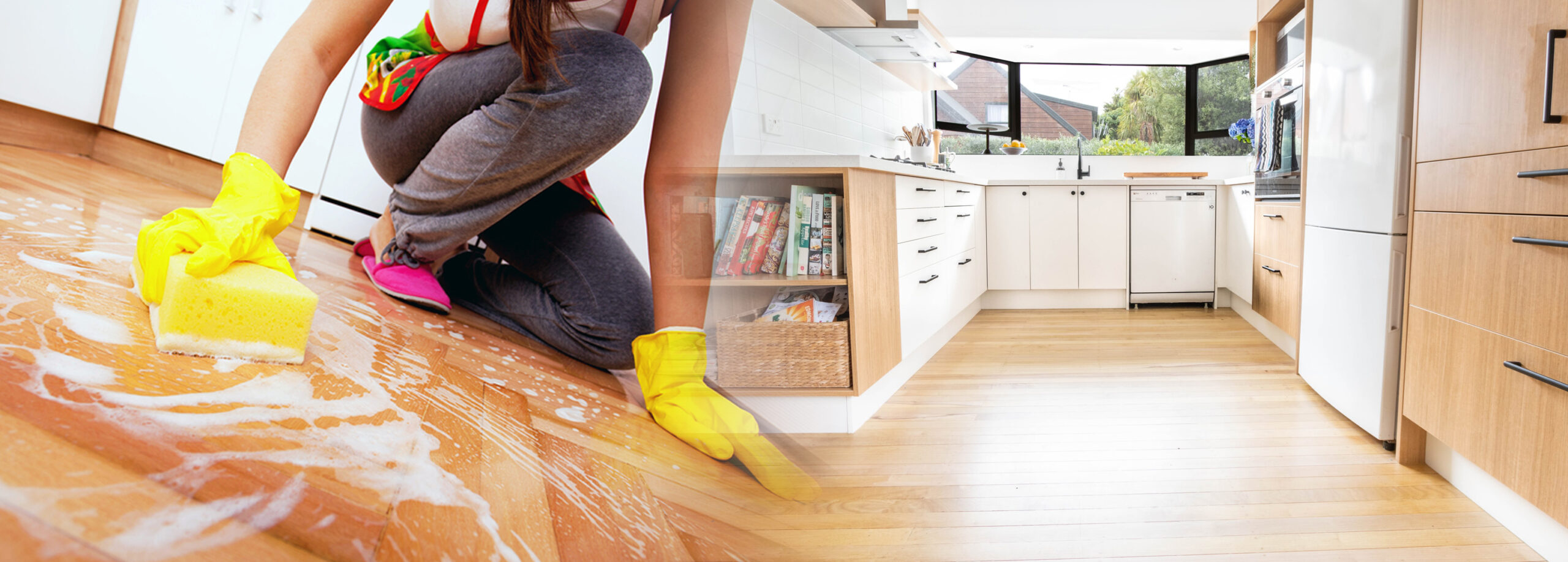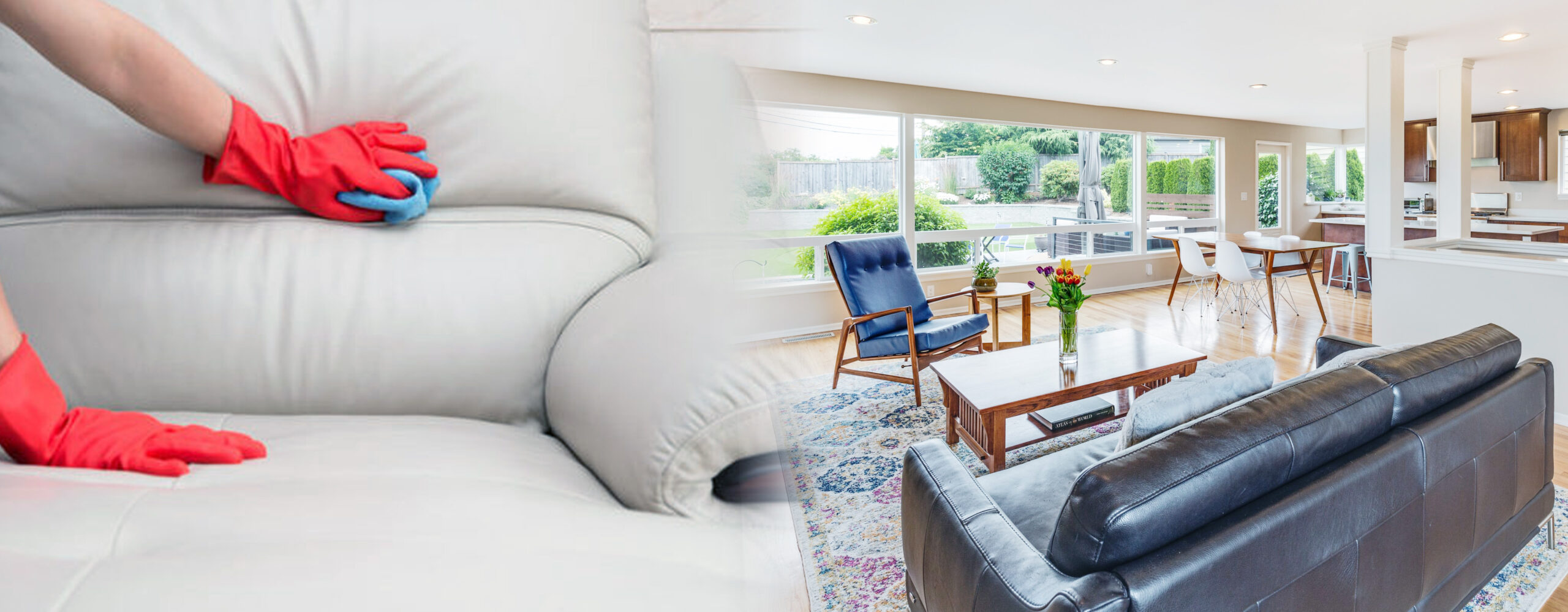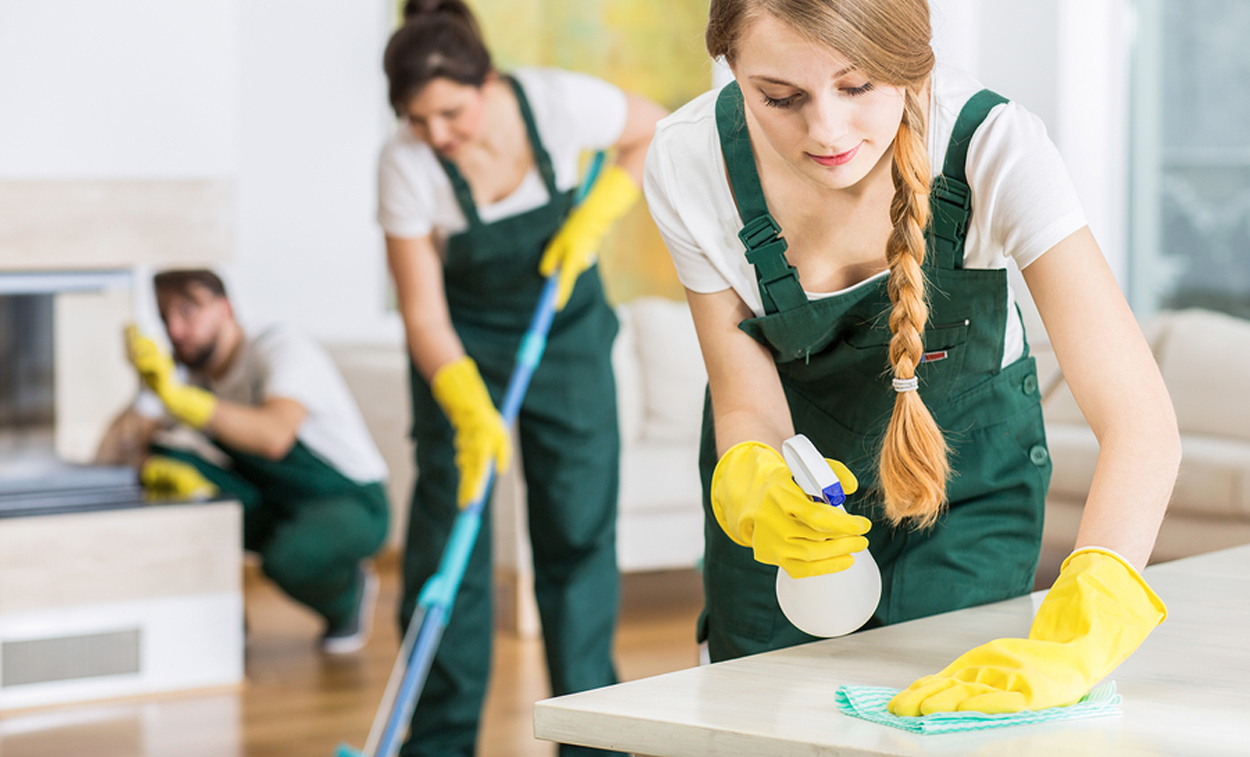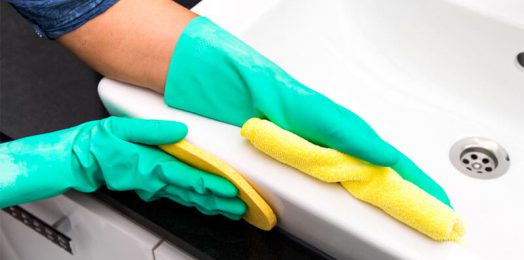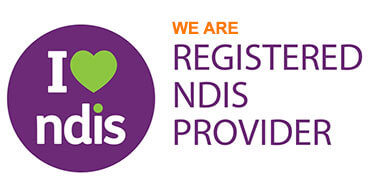How To Clean Wood Floors
Hardwood floors exhibit a great deal of warm beauty and have a longer life span than other hardwoods. They could last for decades if you take good care of them. If you desire to enjoy the longevity of hardwood floors, it would be best to learn the best methods of cleaning your wood floors.
Wood flooring is perfect for just about any room in your home; it doesn’t matter whether it is the bathroom or the kitchen. People and organisations have proposed various methods and solutions to use in cleaning hardwood floors. Some of these methods and solutions have been successfully tested, while some may be detrimental to your floors.
As such, you need to be very cautious when choosing cleaners for your hardwood floors. Before deciding on what floor cleaners to use or what approach to take in cleaning hardwood flooring, it is best to know the type of wood floor you have.
Table of Contents
Types of Hardwood Floors
New Wooden Floors
Most experts prefer sealing new wood floors with a polyurethane coating. In most scenarios, you will find that the polyurethane coating is either painted or stained to protect the surfaces. New wood floors are resistant to damage by water and or stains. Similarly, it is easy to take care of new wood floors.
Old Wooden Floors
Old wood floors probably have tougher seals than new wood floors. This is because old wood floors are most likely to have a soft oiled finish, which soaks into the grains and becomes tougher to form seals.
Lacquered/Varnished Finish
Wood floors with lacquered or varnished finishes are less resistant to wear and moisture than polyurethane sealants. As such, you need to take the same approach as cleaning oily surfaces when cleaning these floors.
Determining the Type of Wood Floor

There is a simple way to identify the type of wooden flooring you have if you are unsure. You need only rub your finger across the floor. If a mark forms, you have the floor with an oil finish, seal, or varnish. However, if no mark forms, your floor is surface-sealed.
Tips for Cleaning Wood Floors
Daily Maintenance
The first step in keeping a polished hardwood floor is preventing making the floor dirty. Floors often are exposed to wear, water or oil spills, and dust. Avoiding or reducing such exposure is one of the ways of protecting your floors and reducing the time you would spend in house cleaning.
To reduce the level of dirt on your floors, it would be best to have floor mats outside exterior and interior doors. You could also lessen water spills during rainy seasons by establishing a designated boot removal place. Similarly, you could always have a clean cloth by the door for the regular removal of splashes on wood floors.
Furthermore, a simple act such as removing shoes at the door could help maintain a clean wood floor. The sole of shoes highly likely traps debris, grime, and germs, which you would probably spread all over the house when you do not remove your shoes at the door.
Remember, large and strong debris is highly likely to cause unnecessary marks on the floors. Similarly, if you have children who have toys, it is necessary to ensure that their toys do not scratch the wood floors. Therefore, it is always best to have a floor protector in their play areas.
Using a Dust Mop
This is the simplest way of cleaning wood floors. It is an easier task to do than one may think. It is quick and less expensive than other methods available. All you need is a dust mop and a dusting agent. Dusting wood floors using a mop treated with a dusting agent helps remove pet hair, dust, and dirt from the floor surfaces.
To obtain better results, use a dust mop fitted with microfiber at the head. A microfiber helps with trapping dirt, pet hair, and dust. You could also use a disposable electrostatic cloth for a quick dusting of your hardwood floors.
Cleaning Wood Floors with Teabags
Most people do not know this method, but it is an effective way of cleaning wood floors. All you need is sufficient boiling water and about two teabags. Tea has tannic acid that will give your floors a shiny nature.
Dip the tea bags into the boiling water and allow them some time to soak. Pour the tea into a clean bucket. Dip a mop in the bucket and squeeze it until it is damp. Mop the floor and wait for the fantastic surprise!
How to Clean Wood Floors Using Vinegar
Before considering the commercial cleaners, why not try what you already have in the house? Vinegar is a natural wood floor cleaner that helps in killing germs and microorganisms. It is also an effective cleaner, eco-friendly, and less expensive. Its recipe is so simple that anyone can prepare. What more would you want then?
However, before you start cleaning, you need to choose the right type of vinegar to use. There are several varieties of vinegar, some of which are ineffective, dangerous, and could make your floors dull. White vinegar is the most appropriate and preferred for cleaning. However, you could also use apple cider vinegar.
How then does one clean using vinegar?
- The first step is vacuuming your floors to remove dust particles. Remember to use the right vacuum, or you will end up with several frustrating scratches on your wood floors. Preferably, ensure that your vacuum has a soft brush on its head instead of a beater bar.
- Add 125ml of white vinegar to a bucket full of warm water. Dip a mop in the bucket, wring it until it becomes damp and mop the floors.
- Buff the floor with a cross-weave microfiber cloth to remove excess water.
Removing Tough Stains
Tough stains on the floors exhibit a very ugly appearance. Did you know that you can remove them simply by using a ball of steel wool? However, before considering using steel wool, you need to ascertain the type of finish on your floors. Steel wool is safe and effective for hardwood floors with a soft oiled finish but dangerous to floors with a hard finish.
Steel wool helps remove dark spots, pet stains, oiled stains, heel marks, and white stains. Where there are stains, floor sanding is necessary, do it first before scrubbing the floors.
Cleaning Using Orange Glo Hardwood Cleaner
First, you will need to vacuum the floors to remove dirt, pet hair, debris, or grime. However, it is crucial to choose a better vacuum to prevent damaging your floors. Always use a vacuum with a soft brush attachment since vacuums with beater bar fixations could easily scratch the varnish finish on your floors.
After vacuuming, spray the Orange Glo hardwood cleaner directly on the patches of the floor. However, this cleaner is not appropriate for oiled or waxed floors. Dip your mop into a bucket full of clean, warm water. Squeeze the mop to remove all water until it is damp. Then, mop backward and forwards across the sprayed area. Ensure that you follow the grains on the wood as you mop.
Cleaning Oily Surfaces
All you will need is a bucket full of clean, warm water and a mop for oily floors. Dip the mop in the bucket and twist the mop to remove all water until it is just damp. Mop backward and forwards while following the grains on the floor.
The water will likely become cloudy; therefore, you need to change it frequently. Allow the floor about ten to fifteen minutes to air dry, then buff them with a soft cloth.
How to Deep Clean Hardwood Floors
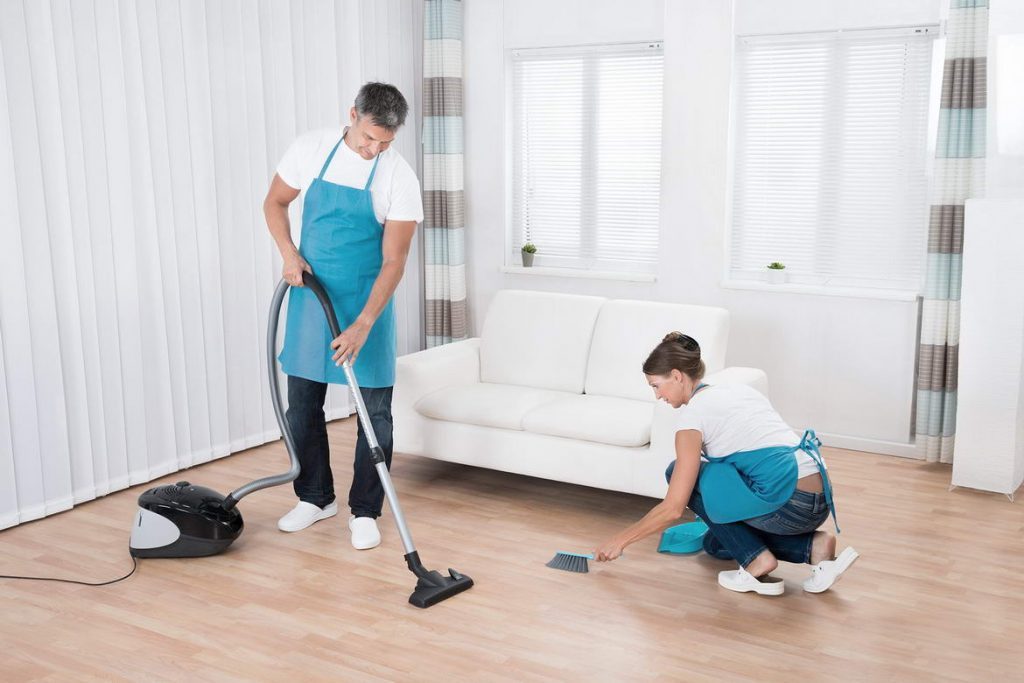
A deep cleaning helps in removing grime, debris, and dirt from wood floor surfaces. Deep cleaning is more effective than the regular dust mopping of floors; it is essential in maintaining lasting wood floors. This cleaning method is concerned with breaking and removing accumulated dirt, especially in regions that regular cleaning does not cover. It goes far beyond cleaning just the surface level.
Advantages of Deep Cleaning
- Cost-effective: In the end, deep cleaning would help you cut your expenses. Deep cleaning is long-lasting and helps in reducing the frequency of refinishing and sanding the floors.
- Additional protection: Deep cleaning protects the finish on the floors; it helps remove grime and debris that would wear the wood floors.
Requirements for Deep Cleaning
- A vacuum or dry mop for removing dust and dirt. However, if you use a vacuum, ensure that it does not have a beater trap that can easily scratch the wood floors.
- A spray mop, steam mop, or wet mop.
- Absorbent mop pads that help in separating heavy dirt accumulation.
- A strong floor deep cleaner such as Murphy Oil Soap, Bona, etc., can remove tough stains.
Steps in Deep Cleaning
- Begin by vacuuming the wood floors to remove dirt and dust. You could also use a dry mop for the same purpose.
- Use a wet mop to remove any dirt particles that were not removed during dusting. Remember to use a mop with microfiber and sufficient liquid to obtain better results.
- The third step is recognising the regions rarely covered by regular cleaning, such as dirt between floorboards, areas with tough stains, and cleaning them using your chosen deep cleaner.
- Ensure you mop towards the direction of the floorboards. Keep changing the mop pads for effective deep cleaning.
- Finally, inspect your wood floors to ascertain that you have removed all the tough stains.
Covering Scratches on Wood Floors
The first most crucial step in cleaning your wood floors is to prevent making them dirty. You can always do this by having floor mats outside and inside interior doors. Similarly, you could have floor protectors to avoid scratches on your wood floors, especially where your children have their toys.
It is best to conduct regular cleanings such as dust mopping or any methods mentioned above to maintain polished wood floors. However, for the most effective and long-lasting effect, you might want to consider deep cleaning using commercial cleaners.
Finally, the last step in cleaning and maintaining clean hardwood floors is covering the scratches.
After cleaning, especially deep cleaning, the scratches on your floors will likely be exposed. It would be best if you covered these scratches to have a warm, beautiful floor. Therefore, rub a crayon of the same colour as your floor on the scratch to fill it up, heat the area covered with the crayon using a blow dryer, and buff it with a soft piece of cloth.
If you know how to clean wood floors, rest assured of beautiful hardwood floors!
When to Seek Professional Help
Cleaning wood floors can often be a challenge, and finding the right chemicals and solutions can be hard to wrap your head around. Moreover, there are a variety of methods and tips that you can use to clean your wooden floors safely. However, if you feel nervous about undertaking this particular endeavour, you can always contact a professional wood cleaning service to do it for you.

